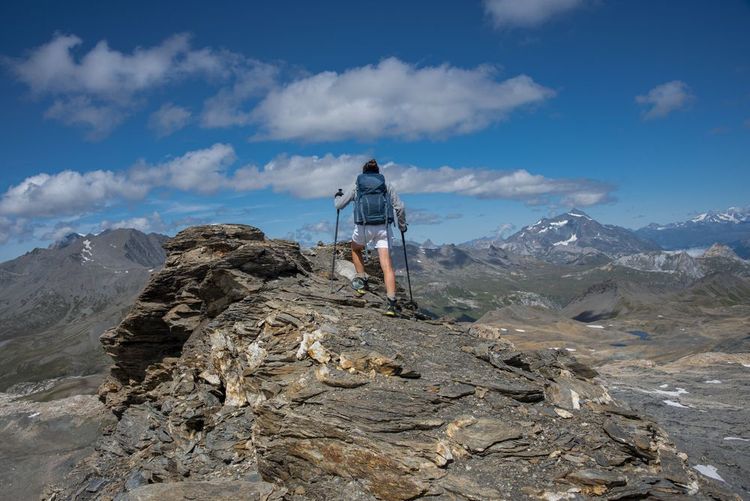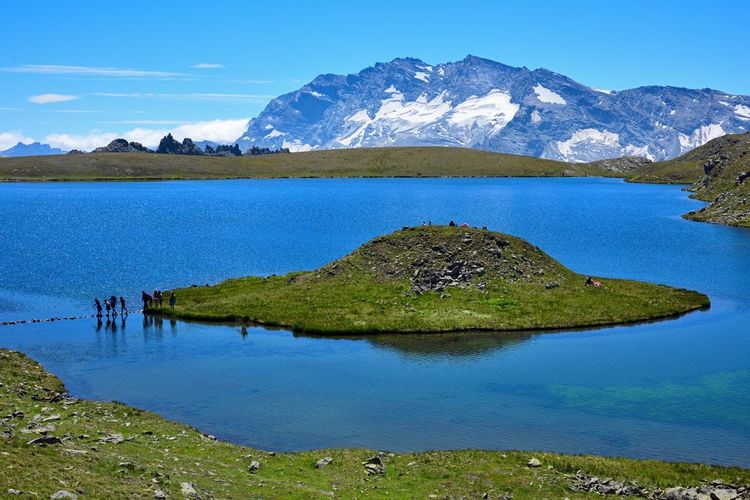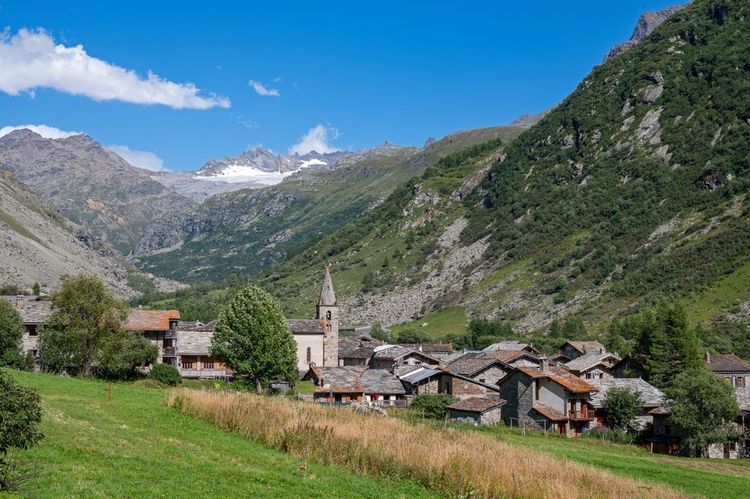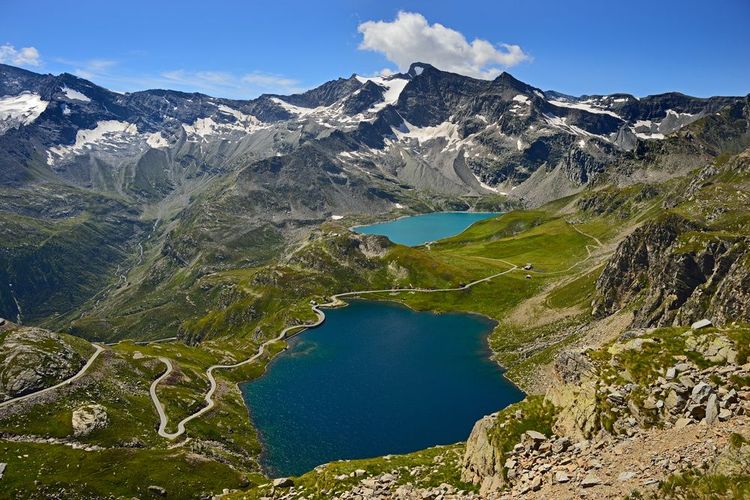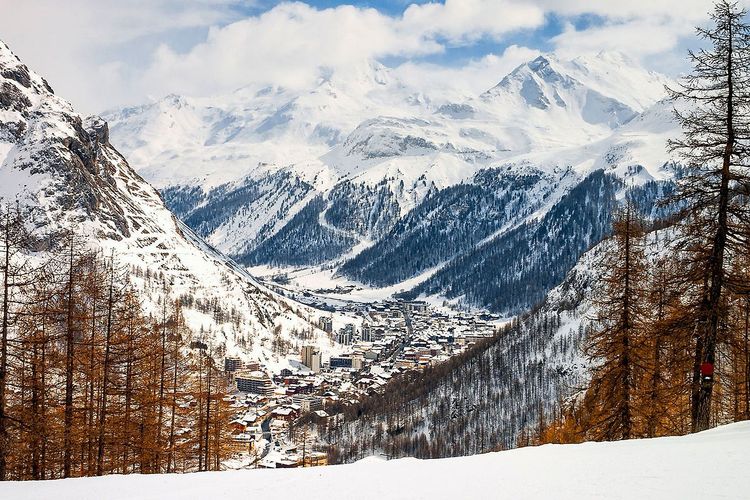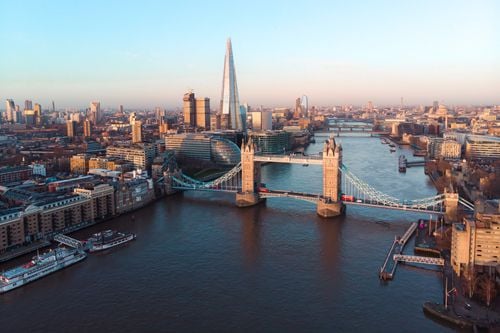This stage starts from the Benovolo refuge. It takes 1? hours to reach the hut from the car park at the bottom of the Thumel Valley.
It is best to sleep the night before at the refuge.
https://rifugiobenevolo.com/fr/?utm_source=easyvoyage
From the Benevolo hut, perched at an altitude of 2,285m, the hike begins towards the farmhouse and then joins the road that climbs to the left for around 500m until it comes to the first bend. This is where a sign indicates the start of trail no. 13A leading to Col Rosset. After a long traverse of the grassy slope dotted with a few streams, hikers arrive at a promontory at 2407m offering a breathtaking view of the Rhêmes valley and the Grande Vaudelaz valley.
The second part of the route takes walkers to the river of the same name, opposite the Grande Vaudalaz mountain pasture farm at 2348m, which can be reached in 1 hour 15 minutes. After joining trail no. 12, hikers make their way through the alpine pastures. In this little-frequented valley, lucky hikers can spot a variety of animals, including marmots and chamois. The trail leads to a pretty little lake on the left, before arriving at the pink rocky notch of the Col Rosset, culminating at 3025m.
